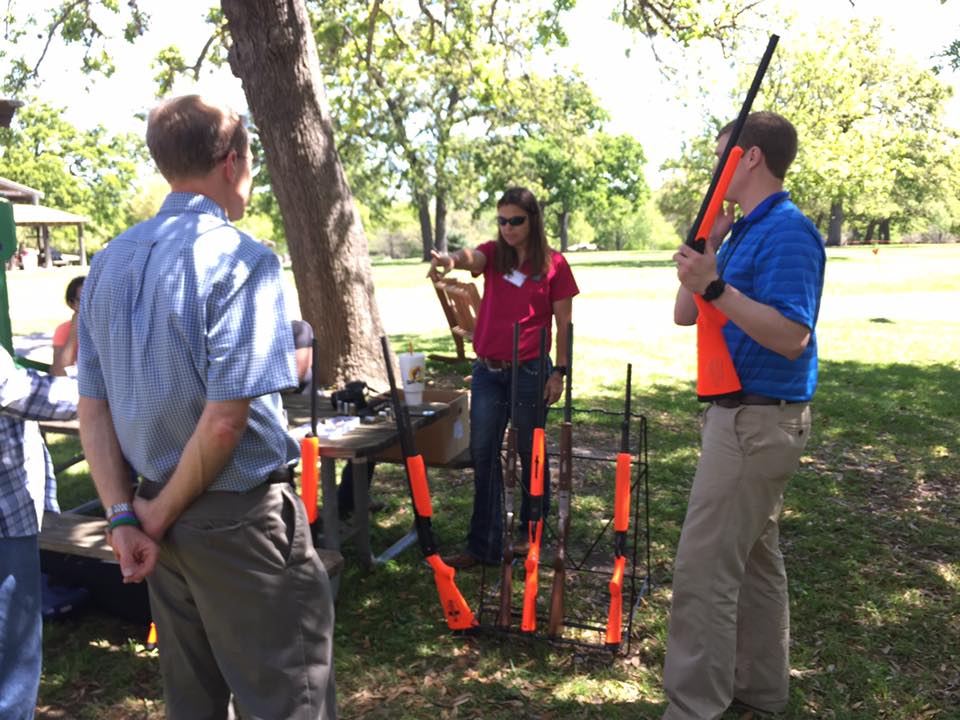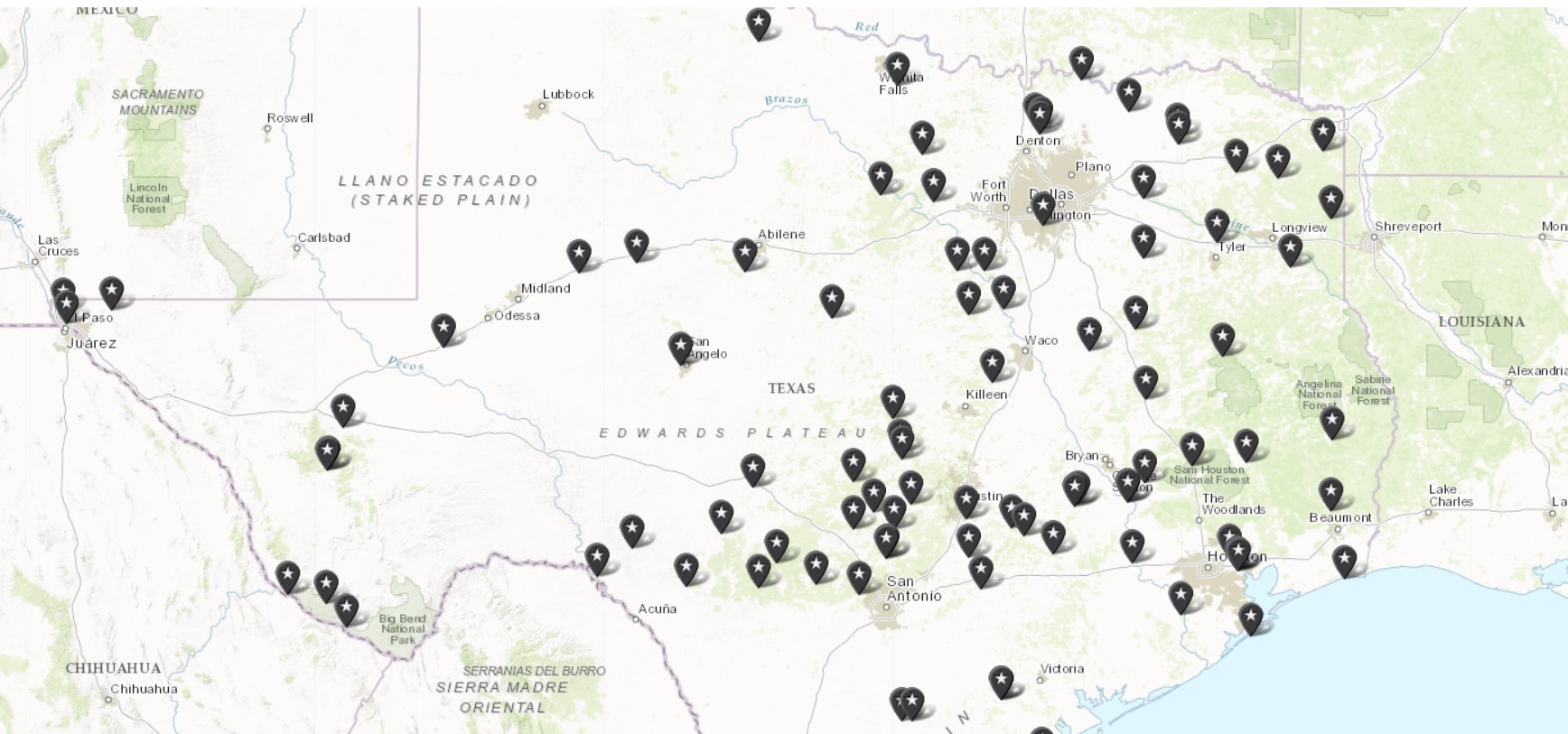
Chef Jeff Martinez preparing Alligator Ancho Relleno.
This is Passport to Texas
If you’ve never eaten alligator, its flesh is firm like pork, with a mild flavor of chicken and fish. Chef Jeff Martinez.
Most of the time when you get alligator meat, it’s going to be the jaw or the tail.
Using ground alligator tail meat, Chef Jeff prepares a recipe for ancho alligator chile relleno.
I’ve got a hot pan here. We’re going to add some extra virgin olive oil to the bottom. We’re going to add our white onion that’s been diced up. We’re going to let this sauté.
Next Chef adds diced garlic, tomatoes and ground gator.
Alligator is a very lean meat, so the cooking time is minimal. So, we’re going to add a little more flavor to this dish by throwing in some sliced green olives. And then we’re going to add some of these raisins. And we’re going to finish it off with slivered almonds that have been toasted, and fresh chopped parsley. And once you put that parsley in, you don’t want to leave it on the stove cooking for too long, because you still want that brightness, that freshness from the parsley.
He salts to taste and then stuffs the mixture into ancho chiles that he rehydrated in hot water and brown sugar.
I’m going to make sure it’s nice and full, but you want to leave enough room so you can take the ancho chile and wrap it back around the meat. And I’m going to set that into an oven proof baking dish.
That goes into a 400 degree oven for 10 minutes. When done, he garnishes them with crema and parsley.
Find the recipe and instructions at passporttotexas.org.
For Texas Parks and Wildlife…I’m Cecilia Nasti.
__________________________________________
Alligator Ancho Relleno Recipe
Preparing the Chiles:
8-10 large ancho chiles
10 qts boiling water
3 cups piloncillo or brown sugar
Add piloncillo to boiling water. Let dissolve, stirring occasionally. Slit the anchos down the side, lengthwise. Remove seeds from inside. Place anchos in container that’ll hold anchos and piloncillo water. Pour hot piloncillo water over anchos and let sit for 2 hours or until anchos are rehydrated. They’ll become softer to the touch and brighter red in color.
Once 2 hours have passed. Drain anchos from piloncillo water and allow them to cool.
Making the Stuffing:
2 lbs ground alligator tail meat
2 medium onions, diced
5 cloves of garlic, minced
3 medium tomatoes, chopped
1 bunch parsley, chopped
1/2 cup green olives, chopped
1/2 cup sliced almonds, toasted
1/4 cup raisins
Salt and pepper to taste
Sautée onions and garlic for about 3 minutes. Throw in tomatoes. Let cook for about 5 minutes. Add ground alligator tail meat and let cook for 5 minutes. Mix in olives, almonds, raisins and parsley. Remove from pan and let cool.
Assembling the Rellenos:
Divide stuffing into 8 equal portions and stuff them into the anchos, being careful not to rip the skin. Once stuffed, place all rellenos on a baking dish and place in preheated oven set to 400 degrees. Leave in oven for 15-20 minutes or until hot all the way through.
Remove all anchos from oven and place on a serving plate. Garnish with Honduran crema or regular sour cream and chopped cilantro. Serve with white rice and beans.







 Passport to Texas is a
Passport to Texas is a  Passport to Texas is made available by:
Passport to Texas is made available by: